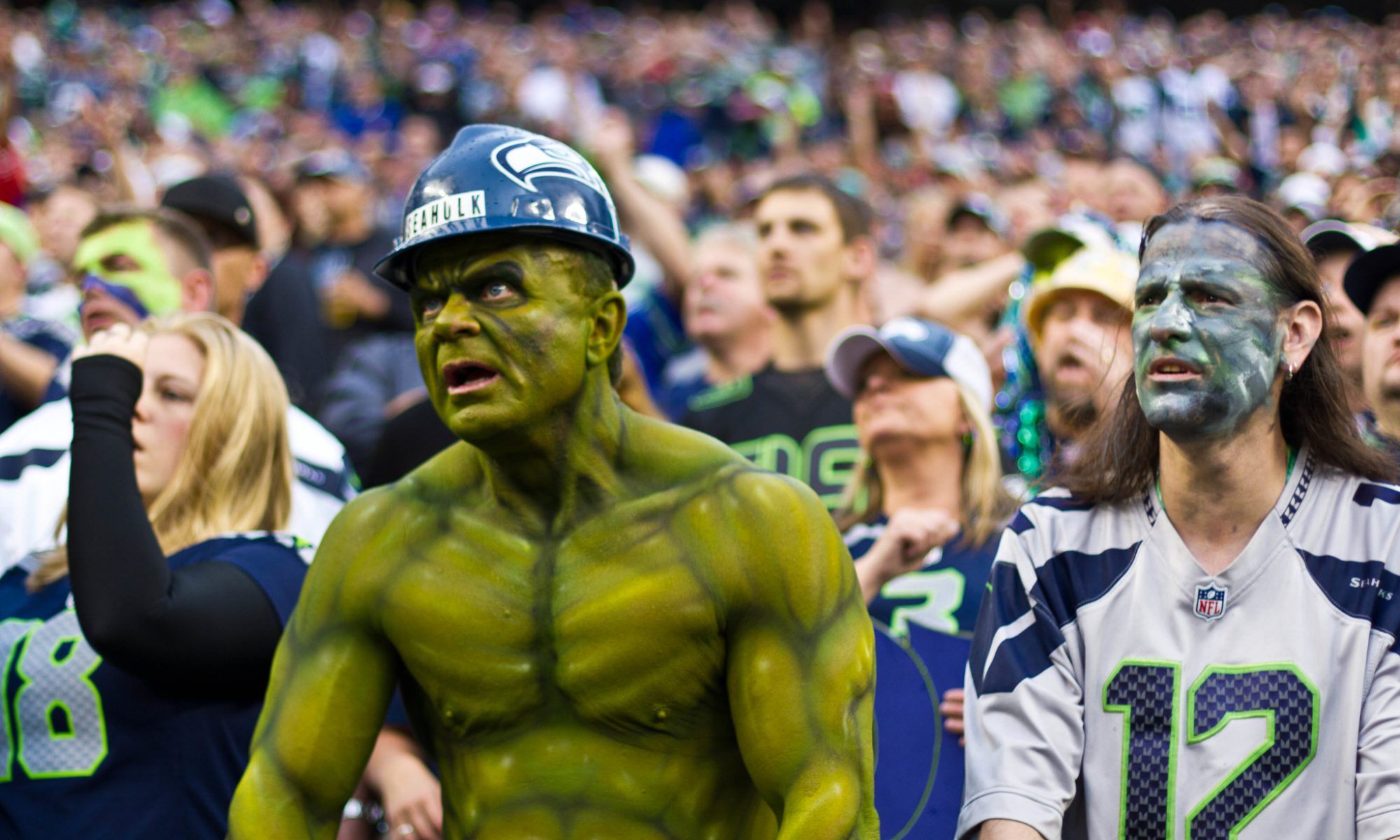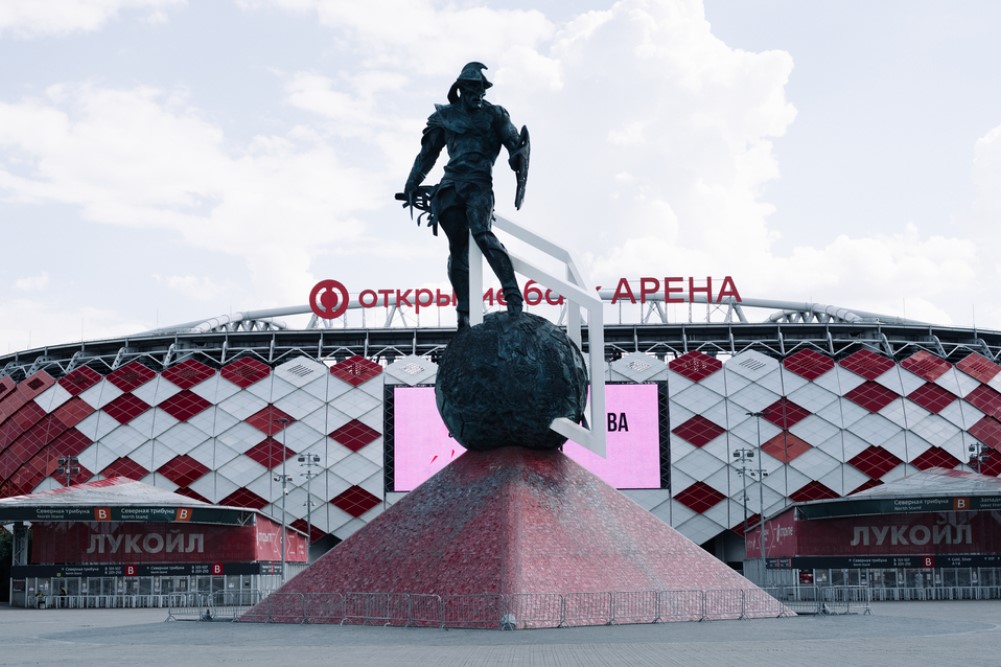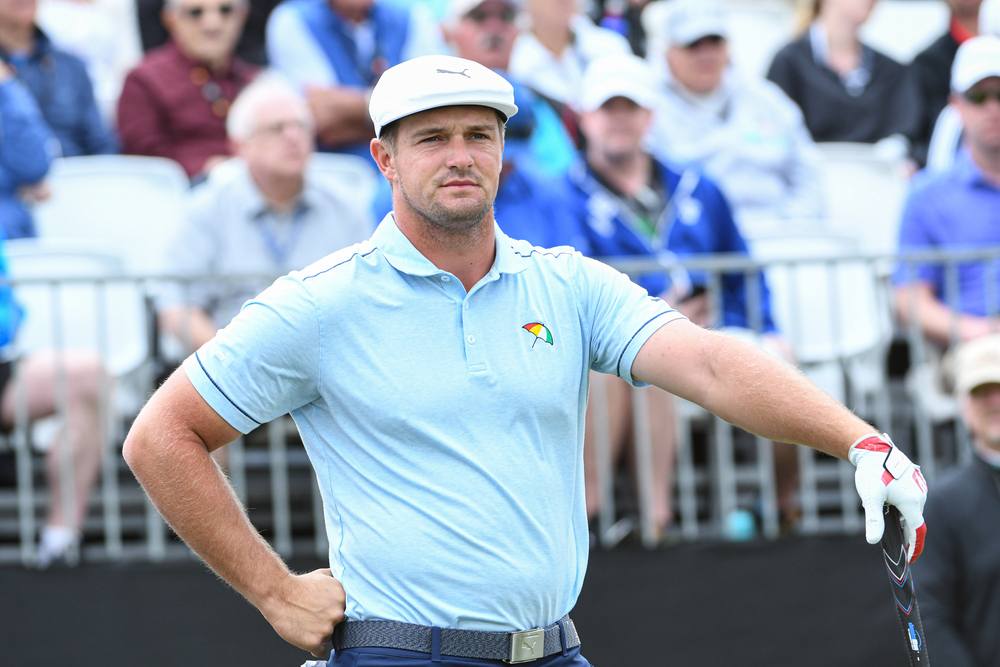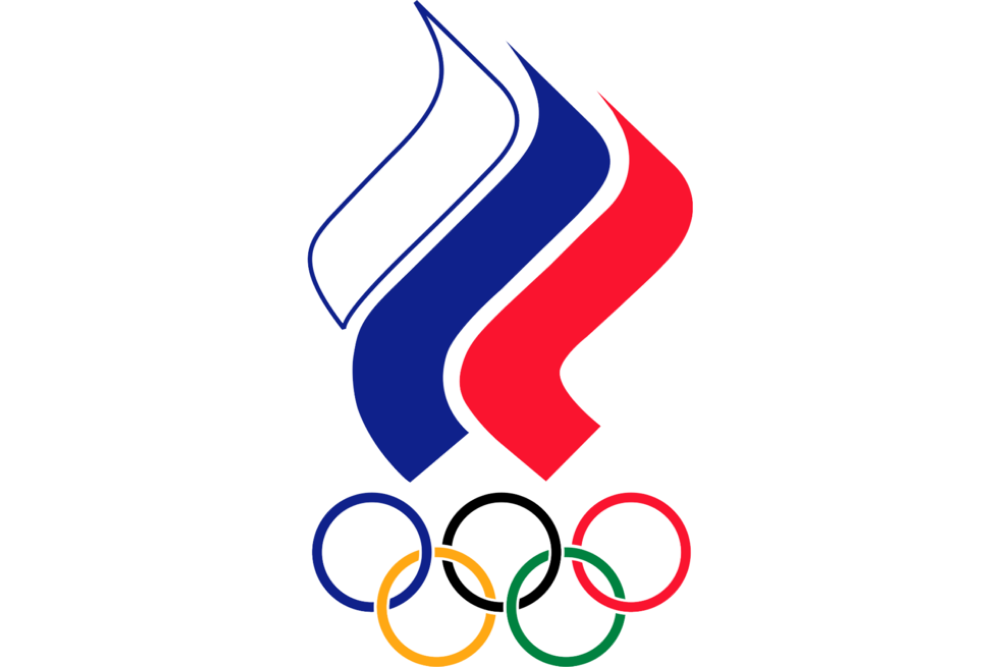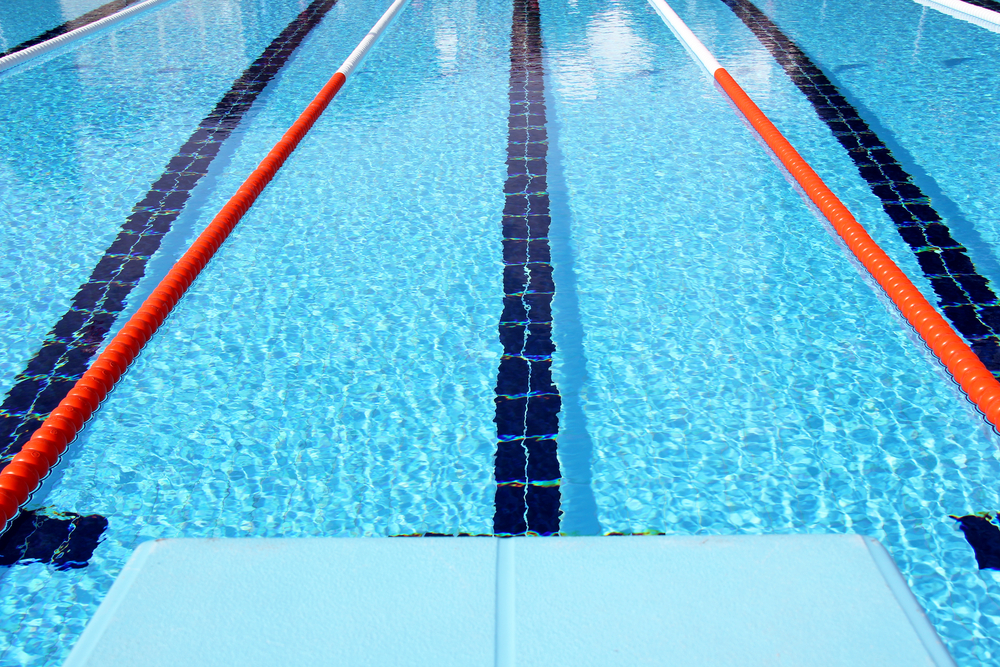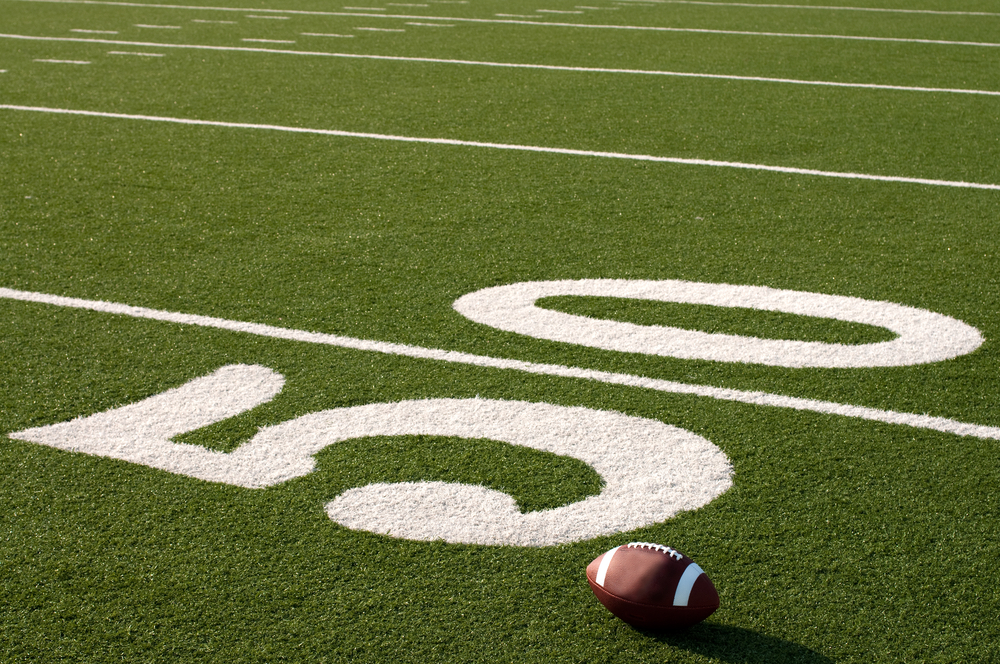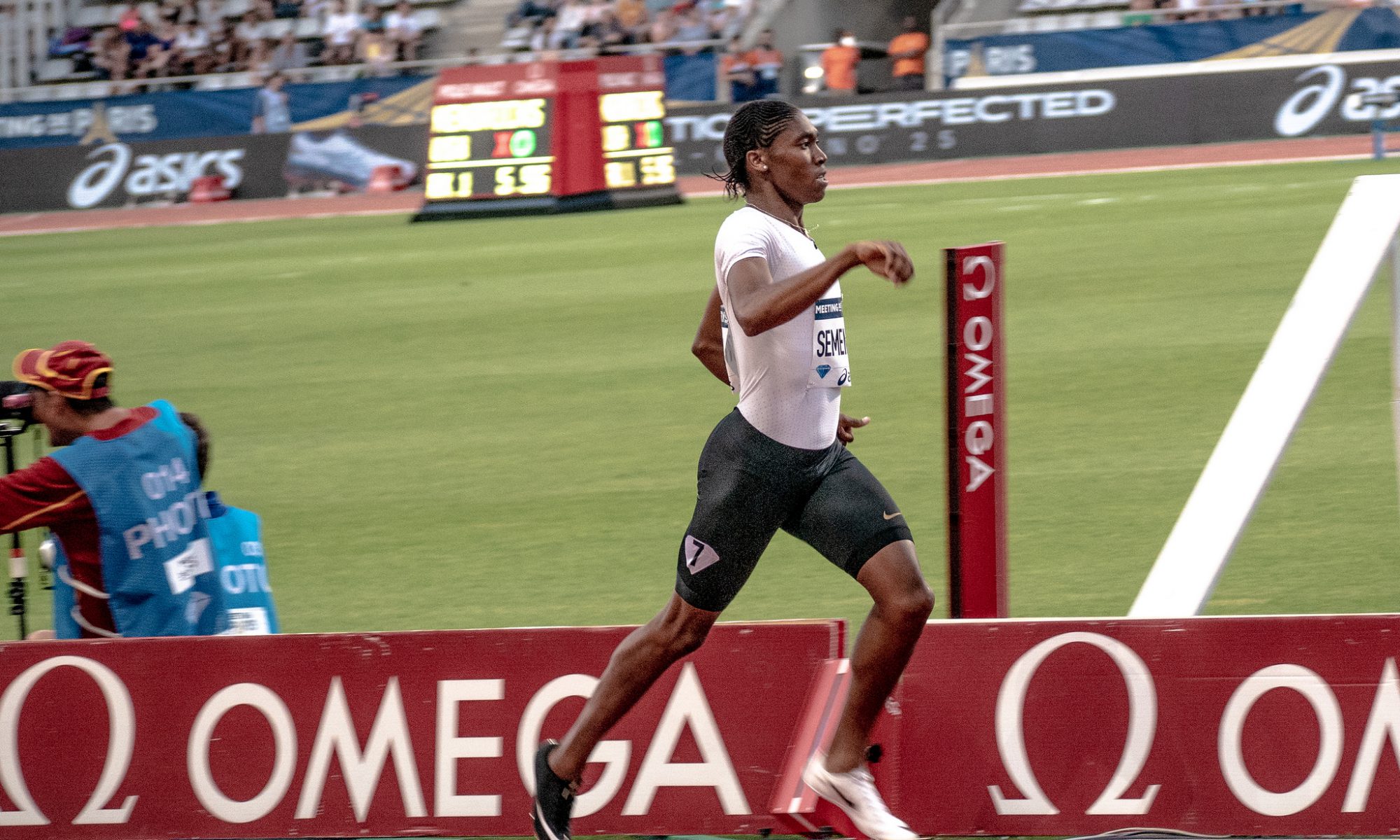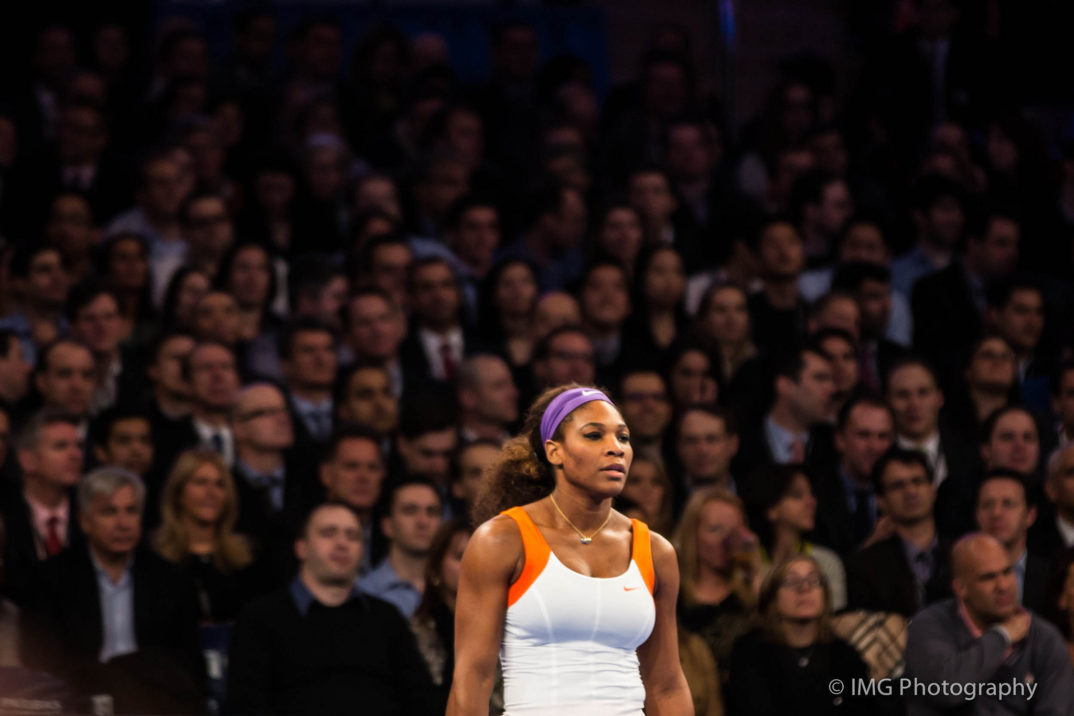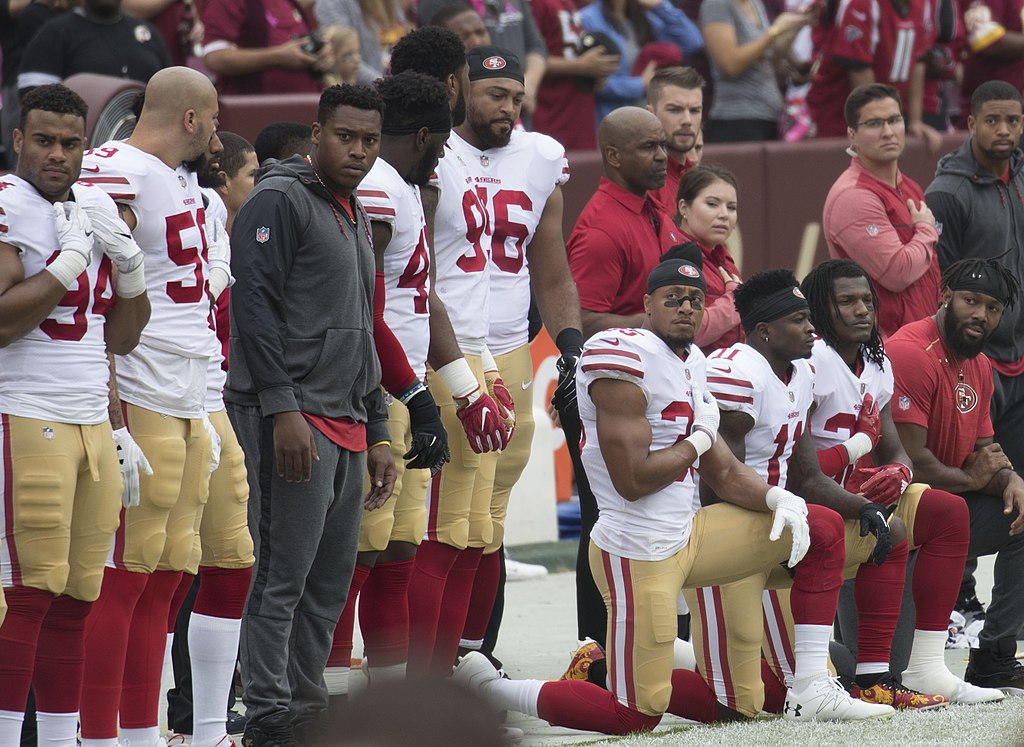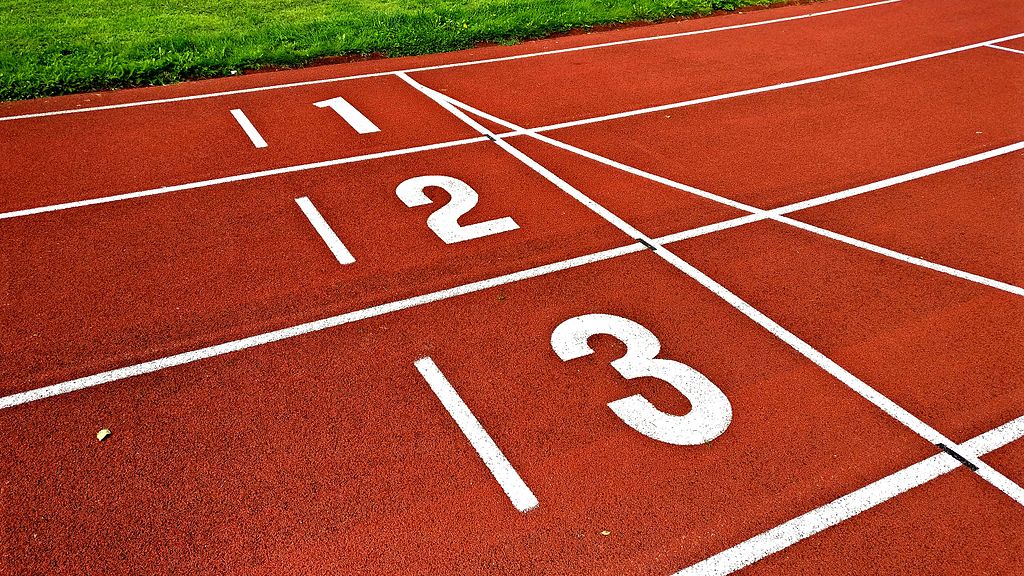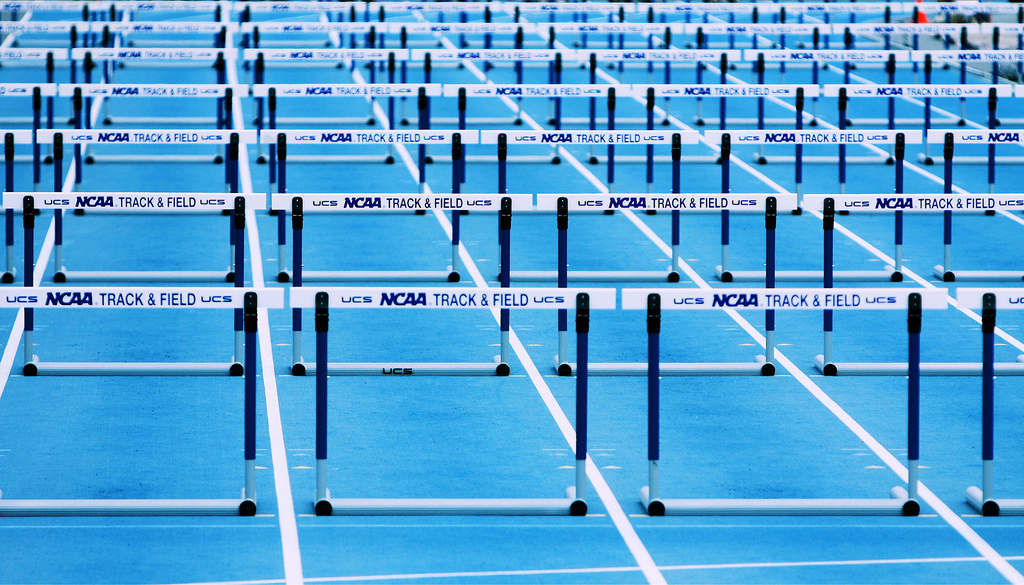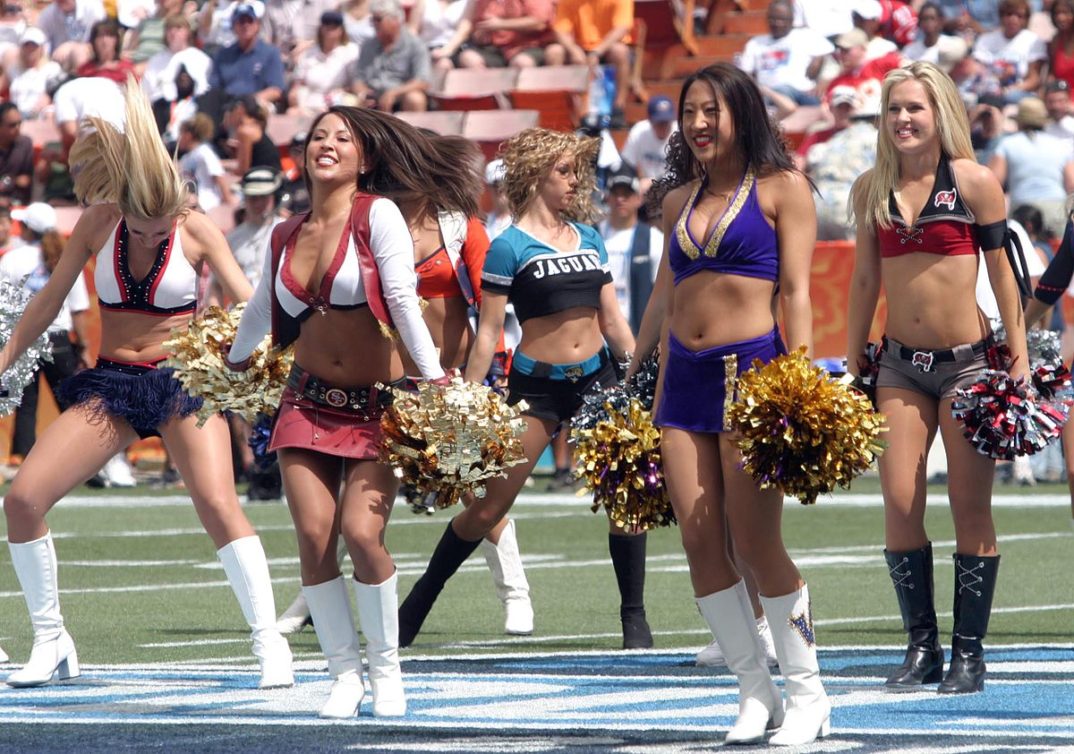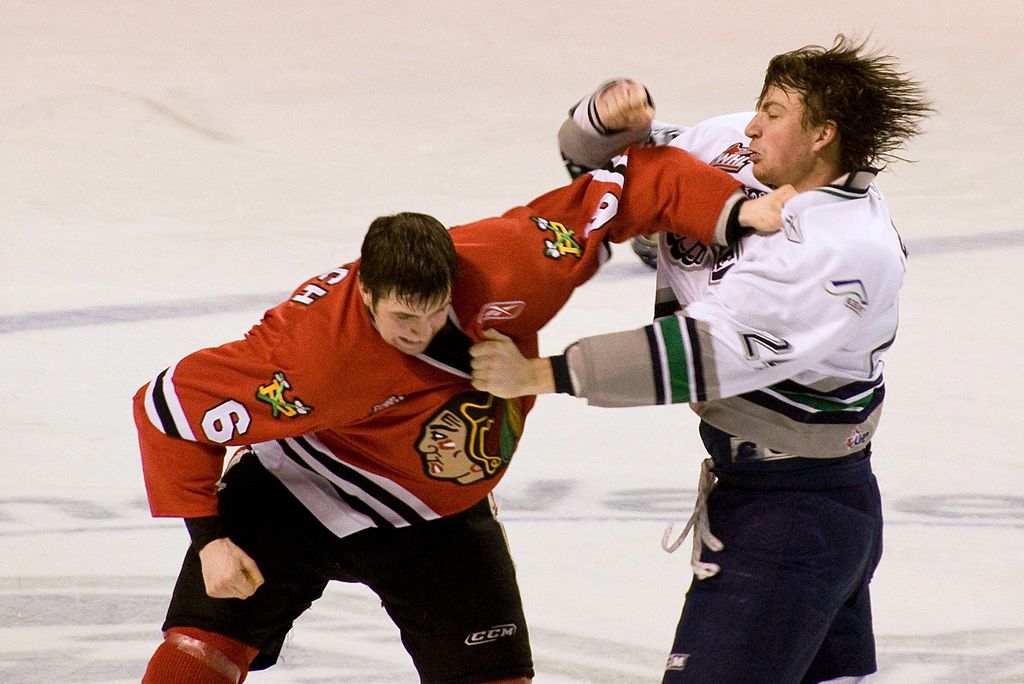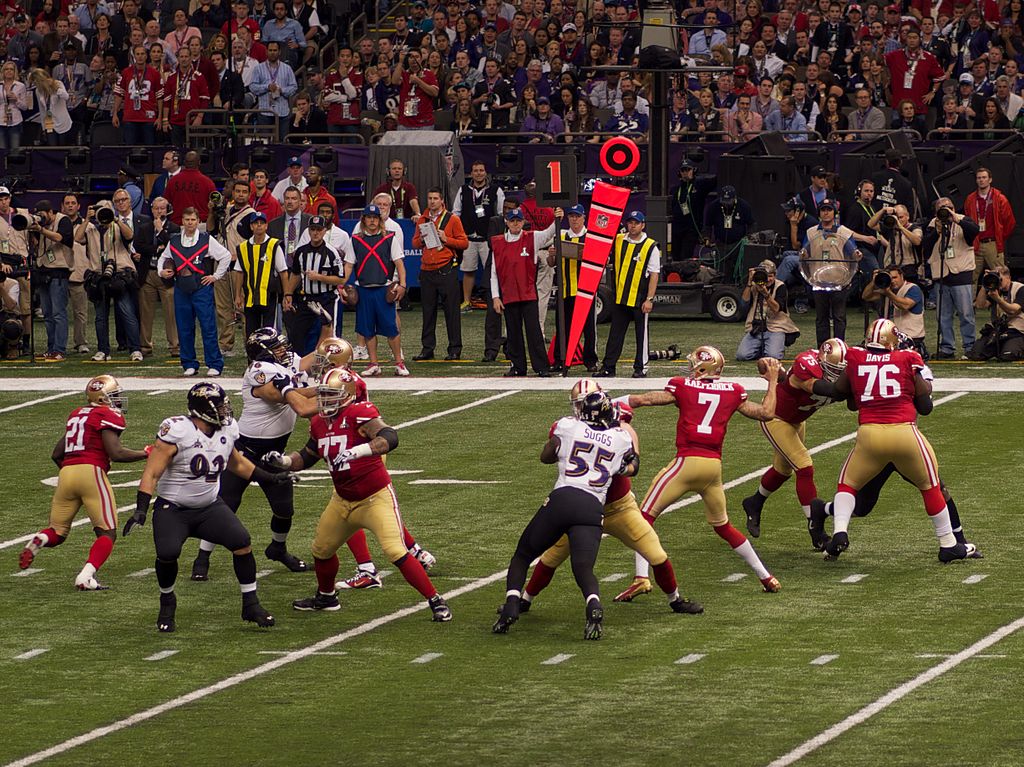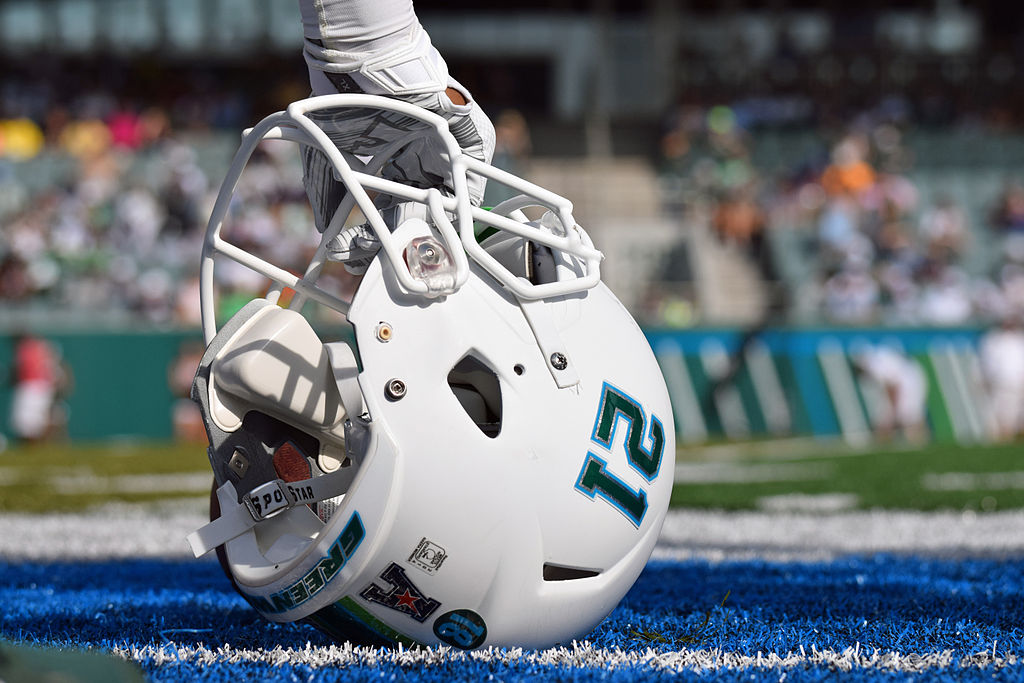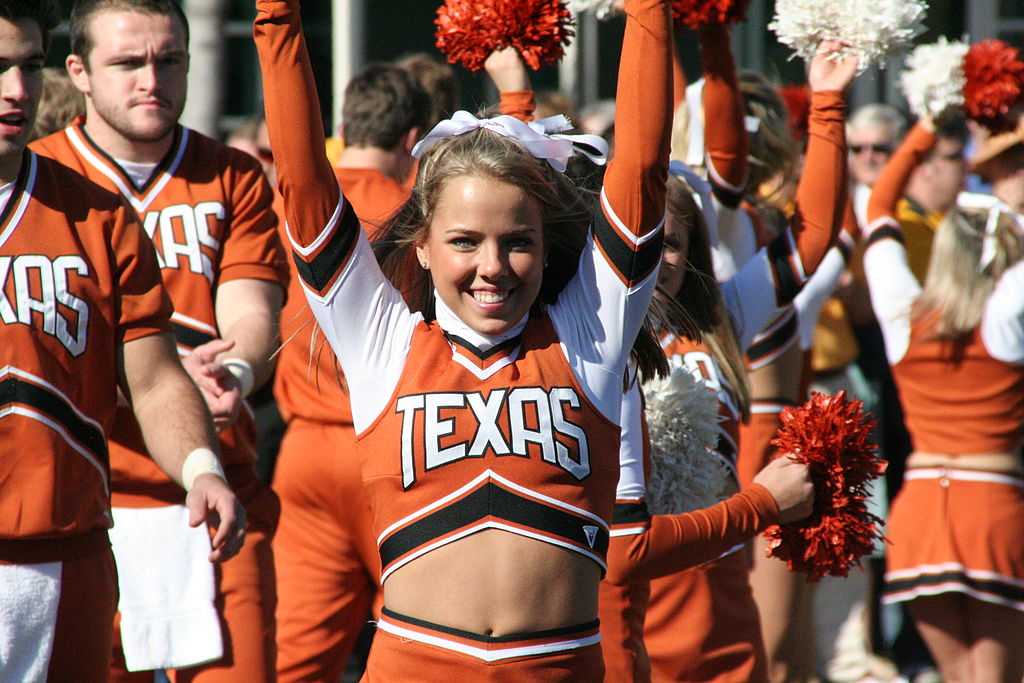In May 2018, the Supreme Court of the United States ruled that the provisions in the Professional and Amateur Sports Protection Act – prohibiting states from authorizing sports betting – were unconstitutional. In the years that followed, many states began to legalize sports betting. According to the American Gaming Association, only 12 states have not yet legalized some form of sports betting. Additionally, in 30 states and the District of Columbia, bettors can place wagers using a mobile device like their phone. Since then, it has become a massive industry; about 20% of Americans in 2022 reported placing at least one sports bet in the prior year, and bettors have placed over 300 billion dollars in sports bets across the country since 2018.
This has begun to radically change sports broadcasts. Whereas in years past commentators may have made sly comments about potential bets, gambling is now discussed openly; broadcasts may give live updates on the betting line and display the over/under on the scoreboard. Today, significant portions of sports broadcasts are dedicated to gambling. Just look at the broadcasts from ESPN, the largest exclusively sports broadcasting network. ESPN now even lends their name to a sportsbook. During the PGA Championship, the network offered an “ESPN BET” broadcast which discussed potential bets and saw analysts providing input on bets as the action progressed. Broadcasters may even suggest specific wagers; during broadcasts of the NHL’s Buffalo Sabres, the team I follow, on the MSG Network, panelists would propose a specific parlay of prop bets during the pre-game, note the payout of that parlay, then check in on its progress each intermission.
It is worth considering whether this promotion of gambling by broadcasters is something we should normalize or whether it ought to be limited. To be clear, this is different from assessing whether sports gambling itself should be restricted. I tend to think that our attitudes regarding permitting gambling ought to fall under the harm principle – the idea that unless one’s actions are directly harming others, then we generally ought to avoid interfering with others’ choices. Although gambling can have harmful consequences, it does not directly harm others. (Though some of the points I raise later may put pressure on this idea.)
So, what precisely do I mean by “promoting gambling”? I’ll use this phrasing as shorthand for, effectively, encouraging viewers to place bets. This may include namedropping specific sportsbooks during broadcasts, offering deals for first time gamblers to place bets, discussing potential bets and/or dedicating time for analysts to provide their input on specific bets. There may be other ways in which a broadcaster could promote sports betting, these are just a few that I have encountered regularly while watching sports. Note, too, that this is different from merely allowing an advertiser to purchase ad spots.
One obvious argument for the permissibility of promoting gambling stems from the kind of considerations I mentioned earlier – considerations about harmfulness. It is just not immediately obvious that promoting gambling harms anyone.
Further, broadcasters are private companies acting on the marketplace. They receive money from advertisers of other products to promote those goods. What makes a sportsbook any different? Additionally, given the popularity of sports betting, it’s very likely that viewers would be interested in these segments. Thus, market forces, both at the level of advertising and at consumer preferences, suggest that the promotion of gambling is nothing more than normal corporate profit seeking.
However, this argument fails to note the ways in which sportsbooks may be different from other products and services that broadcasters promote. Gambling is potentially addictive. A 2015 study from Welte et al. found that 4.6% of Americans demonstrate problematic gambling behavior at some point in their lives, with problematic behavior being defined as meeting three or more criteria in the DSM-IV’s description of gambling addiction. 1.4% experience pathological gambling, demonstrating five or more symptoms. While the rates seem low, if they are generalizable to the U.S. population of about 336 million, this means that about 15.5 million Americans will engage in problematic gambling behavior and 4.7 million will at some point demonstrate pathological gambling.
It also stands to reason that these figures could rise even higher in the current landscape. First, betting is easier than ever; you can just download an app and keep placing bets from your couch while watching games. Second, the promotion and discussion of gambling during broadcasts normalizes betting. As this becomes a more normal part of sports fandom, those with addictive tendencies who may otherwise not gamble may be drawn in and develop an addiction.
Yet one might argue that this should not prompt calls for regulation. Ultimately, people can become addicted to many things; shopping, video games, and alcohol for instance are potentially addictive but most people can enjoy these things responsibly. And responsible use can be fun! Admittedly, I was a lot more interested in last year’s Super Bowl after I had placed a parlay on a few prop bets. Thus, someone making this argument may see regulations on gambling as a form of perfectionism, an attempt by the state to encourage people to develop virtues and avoid behaviors that some label as vices. This is, after all, part of the reason why gambling was previously illegal in the United States. Yet it seems that a democratic state has, at best, a limited prerogative to promote virtue. So perhaps regulating gambling by limiting promotion of sports betting falls outside this prerogative.
It may be worth noting, though, that we limit the ways in which other sorts of behaviors can be discussed or promoted. For instance, since 2009 cigarette advertisements have been illegal in the U.S. Further, while alcohol consumption is a significant part of sports fandom culture, and alcohol manufacturers, particularly beer producers, frequently advertise during sports, sports broadcasts do not dedicate entire segments to discussing the best beer to consume during the game or offering promotions for first time drinkers. Limiting the ways in which sports betting may be promoted, in particular by sports broadcasters, may offer a middle ground between prohibition of gambling and the recent state of affairs.
Additionally, aside from the effects on bettors, one might worry about potential conflicts of interest. At the risk of sounding conspiratorial, the heavy promotion of sports betting may create perverse incentives for sports broadcasters. It is highly unlikely that this could trickle down to the level of competition – although it is worth noting that individual teams and leagues have created partnerships with sportsbooks. However, broadcasters may be able to shape bettor behaviors. Sportsbooks ensure profits, in part, by ensuring that roughly an equal number of bettors place wagers on opposite outcomes. To put it simply, they want the same number of people betting that the home team will win and that the visitors will prevail. Even if sportsbooks do not place pressure on the broadcasters with whom they advertise, these broadcasters have an incentive to make the partnership as lucrative as possible for the sportsbook. This could come in the form of encouraging bets that help balance the books, or perhaps even in the form of suggesting that incredibly unlikely bets will pay off. Once broadcasters begin taking money from sportsbooks, it gives them incentive to mislead or manipulate their views.
Of course, one may argue that the speculation above goes too far. It goes into the realm of conspiratorial thinking; surely if sportsbooks were working with broadcasters to help increase the profits, this secret would be difficult to keep. Regardless, just the appearance or potential for a conflict of interest may often be just as troubling as an actual conflict. Although sports broadcasters do not seem to have a robust moral obligation to be honest to viewers, they ought to carefully consider whether their choices may undermine the extent to which viewers think of them as trusted sources of information. The American public in general has little confidence in institutions, so perhaps we ought to be careful to give them more reason to distrust yet another institution.
The landscape of sports betting has rapidly changed in the United States. Previously treated as a kind of “open secret” that broadcasters only cheekily referenced, it’s now difficult to watch a game without seeing betting lines, an over-under or prop bets on a specific player’s performance. Given gambling’s addictive nature and this addiction’s potential to create great harms, it is worth taking a step back to consider the reasons for and against allowing this state of affairs to continue as is.


